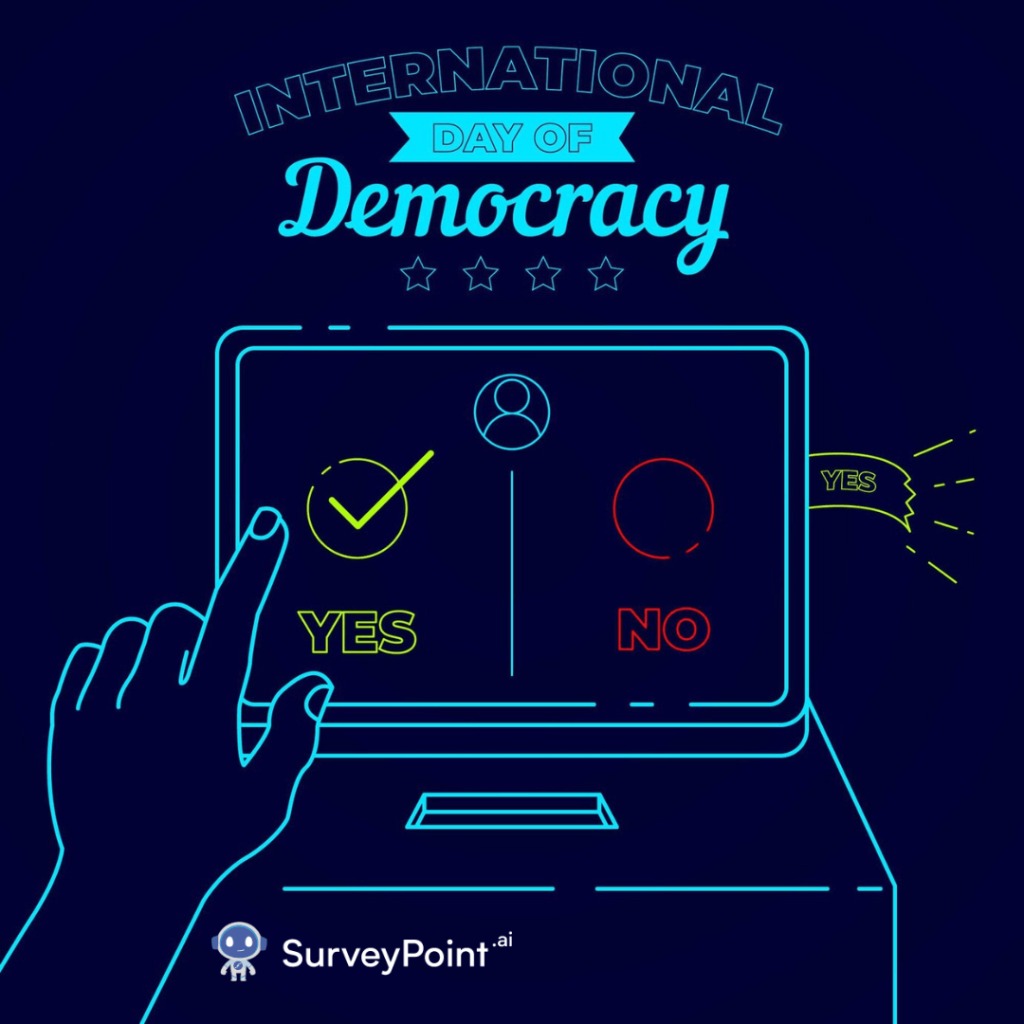
In today’s business landscape, success is often celebrated, but the stories of failure hold invaluable lessons for new company and seasoned executives alike. This deep dive into the annals of corporate history explores the demise of top companies, unraveling the wrong strategies that led to their downfall and highlighting the critical lessons learned from their mistakes.
Understanding Corporate Failure: A Tale of Missteps
What Leads to Corporate Failure?
Corporate failure can stem from a myriad of factors, including poor strategic decisions, flawed business models, mismanagement of resources, failure to innovate, or external market forces. However, underlying these factors are often fundamental strategic errors that compromise the sustainability and viability of the business.
The Importance of Learning from Failure
While failure may be inevitable in the volatile world of business, what sets successful companies apart is their ability to learn from their mistakes, adapt, and pivot towards success. By dissecting the failures of top companies, entrepreneurs and business leaders can glean valuable insights and avoid repeating the same strategic errors.
Examining Top Company Failures: Wrong Strategies Unveiled
1. Blockbuster
Once a household name synonymous with movie rentals, Blockbuster failed to adapt to the digital revolution and the rise of streaming services like Netflix. Instead of embracing online distribution, Blockbuster clung to its brick-and-mortar model, ultimately leading to its demise.
2. Kodak
Kodak, a pioneer in photography, failed to capitalize on the digital camera revolution it helped spark. Despite early investments in digital technology, Kodak hesitated to transition from film to digital, clinging to its lucrative film business until it was too late.
3. Nokia
Once a dominant force in the mobile phone industry, Nokia faltered in the face of competition from smartphone giants like Apple and Samsung. Nokia’s failure to innovate, adapt to changing consumer preferences, and embrace the smartphone revolution led to its downfall.
4. Toys “R” Us
Toys “R” Us, a beloved toy retailer, succumbed to the pressures of e-commerce and changing consumer shopping habits. Despite its iconic brand and loyal customer base, Toys “R” Us failed to invest in its online presence, fell behind competitors like Amazon, and ultimately filed for bankruptcy.
Lessons Learned: Insights for Success
1. Embrace Change and Innovation
The failure to innovate and adapt to evolving market trends is a common thread among failed companies. Successful companies must embrace change, anticipate shifts in consumer behavior, and continuously innovate to stay ahead of the curve.
2. Focus on Customer Needs
Companies that prioritize customer-centricity and consistently deliver value to their customers are better positioned for long-term success. Understanding and meeting customer needs should be at the forefront of strategic decision-making.
3. Agility and Flexibility
In today’s rapidly evolving business landscape, agility and flexibility are paramount. Companies must be willing to pivot, experiment, and iterate on their strategies in response to changing market dynamics and emerging opportunities.
Conclusion: Turning Failure into Opportunity
In conclusion, the stories of top company failures serve as cautionary tales and invaluable learning opportunities for aspiring entrepreneurs and established businesses alike. By analyzing the wrong strategies that led to their downfall, we can glean critical insights into what it takes to succeed in an ever-changing marketplace. Let us embrace failure not as the end, but as a stepping stone towards growth, innovation, and ultimately, success. For more information checkout- surveypoint.ai




